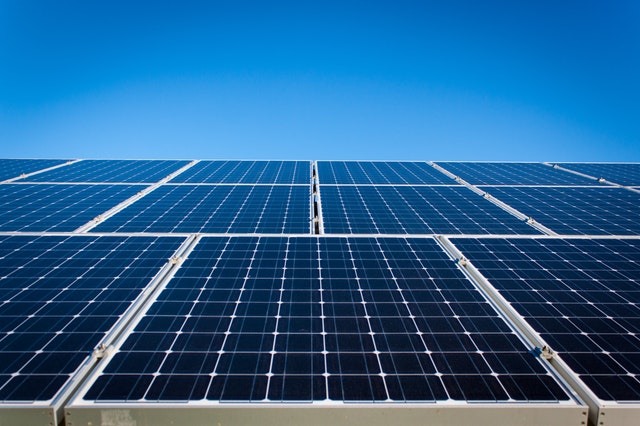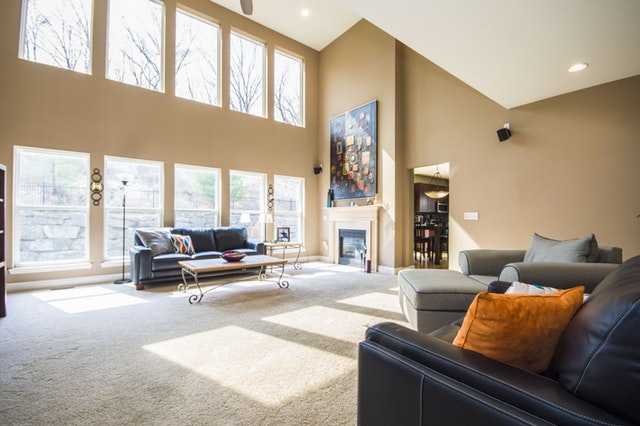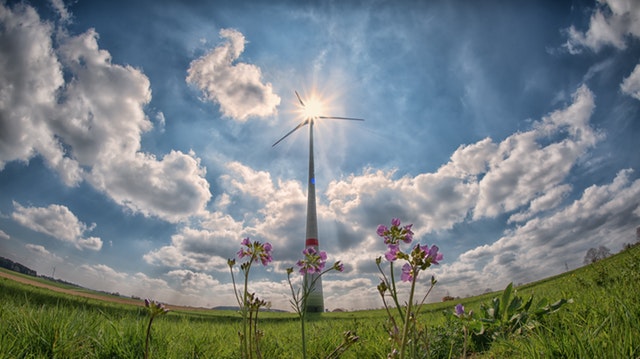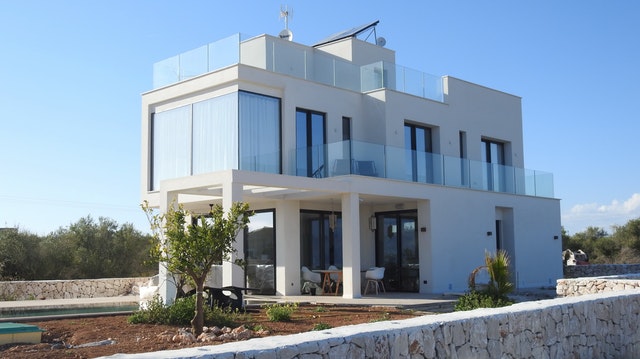 Earth Day is celebrated each year in April to remind us all of the benefits of ecologically-sound living that is more in harmony with Mother Earth. There is quite a bit of positive news when it comes to going “green.” There are significant benefits for home sales.
Earth Day is celebrated each year in April to remind us all of the benefits of ecologically-sound living that is more in harmony with Mother Earth. There is quite a bit of positive news when it comes to going “green.” There are significant benefits for home sales.
Green homes may sell faster and for higher prices. Many people are willing to pay more for a green home in order to receive the long-term benefits of the savings on utility costs.
The Numbers Are Very Appealing
AHS reports many encouraging statistics. The estimates are about one-third of the real estate market for single family homes in 2016 was for green homes. The National Association of Builders says that 90% of home buyers consider looking for energy-efficient green homes to be a high priority when shopping for a home.
About 61% are willing to pay up to $5,000 more for a home that as low utility bills because of its green design. The Earth Advantage Study concluded that a green home, which is certified sells for up to 35% more than non-certified home.
The Green Value Proposition
Lawdepot reports that for every dollar that the utility bill is reduced for a home, the average resale value increases from 15 up to 20 dollars.
Here are some cost-effective investments that improve a home’s resale value:
- Energy-Efficient Windows and Doors: Old, leaky windows and doors are horrible energy-wasters. Upgrade windows and doors to drastically lower energy costs. This also dramatically improves a home’s curb appeal. In terms of resale value, the return on investment is up to 100% over the cost of the installation.
- LEED Certification: A home that has a LEED certification for energy-efficiency can sell for up to 35% more than a non-certified home.
- Insulation: Upgrading attic insulation with high-performance blown fiberglass returns about 17% over the cost of the installation.
- Solar Energy System: Solar energy installations return about 97% of the cost upon resale according to a study conducted by the National Bureau of Economic Research. Depending on the tax incentives and how much was saved on utility bills before the home is sold, there is typically a net positive financial benefit to a homeowner for installing a solar energy system. Moreover, these homes continue to operate normally in a grid-down emergency, which is a big selling point.
Conclusion
Going green, in these suggested ways, helps maximize a home’s resale value. This is helpful for the environment and makes excellent financial sense. Green homes are very attractive to potential buyers, especially in areas that typically have high monthly utility bills.
If buying a green home is a top priority, be sure to let your trusted real estate agent know so that they can help you find your dream property.
 Your carbon footprint is the measure of your impact on the earth’s natural resources. This number describes the amount of fossil fuel it takes to support your lifestyle. In the United States, each person produces an average of 19.78 tons of carbon dioxide every year. A high carbon footprint means your daily habits are a quickening drain on our finite resources.
Your carbon footprint is the measure of your impact on the earth’s natural resources. This number describes the amount of fossil fuel it takes to support your lifestyle. In the United States, each person produces an average of 19.78 tons of carbon dioxide every year. A high carbon footprint means your daily habits are a quickening drain on our finite resources.  These days, people want energy-efficient homes that look great. To answer the call of passionate environmentalists, developer are rising to the occasion and designing home features that minimize waste, save energy and reuse reclaimed materials. The results are gorgeous, green homes that help move the sustainable living trend forward.
These days, people want energy-efficient homes that look great. To answer the call of passionate environmentalists, developer are rising to the occasion and designing home features that minimize waste, save energy and reuse reclaimed materials. The results are gorgeous, green homes that help move the sustainable living trend forward. Think green home design is a fad? Well, think again. Sustainable home designs are gaining popularity at a breakneck speed. In 2017, green homes accounted for more than 60 percent of family home builder’s portfolios, according to a survey conducted by the National Association of Home Builders.
Think green home design is a fad? Well, think again. Sustainable home designs are gaining popularity at a breakneck speed. In 2017, green homes accounted for more than 60 percent of family home builder’s portfolios, according to a survey conducted by the National Association of Home Builders.  The emergence of sustainable energy and products have solidified the go-green movement. Solar energy and electric cars are just the tip of the iceberg.
The emergence of sustainable energy and products have solidified the go-green movement. Solar energy and electric cars are just the tip of the iceberg. If you are a home owner trying to reduce your carbon footprint, it’s time to make some changes to your property. The more you can do to reduce energy costs, increase efficiency and reduce waste, the less impact you and your home will have on the earth.
If you are a home owner trying to reduce your carbon footprint, it’s time to make some changes to your property. The more you can do to reduce energy costs, increase efficiency and reduce waste, the less impact you and your home will have on the earth.